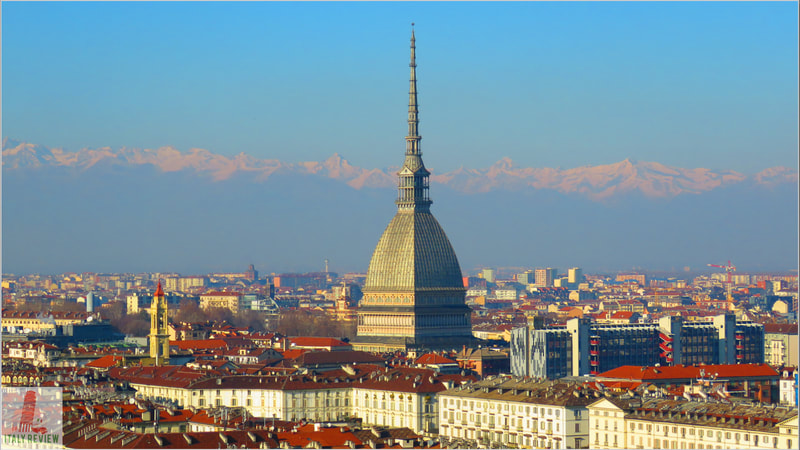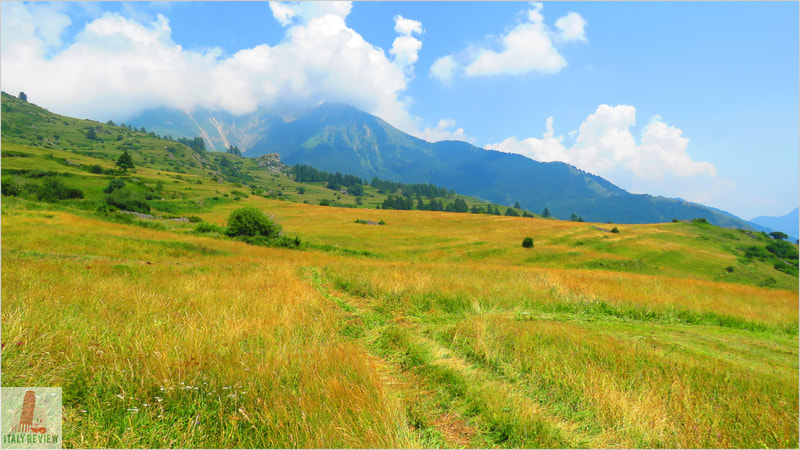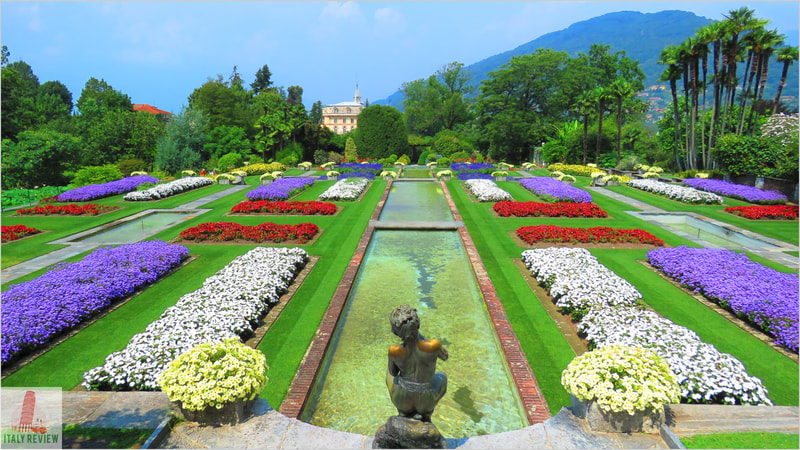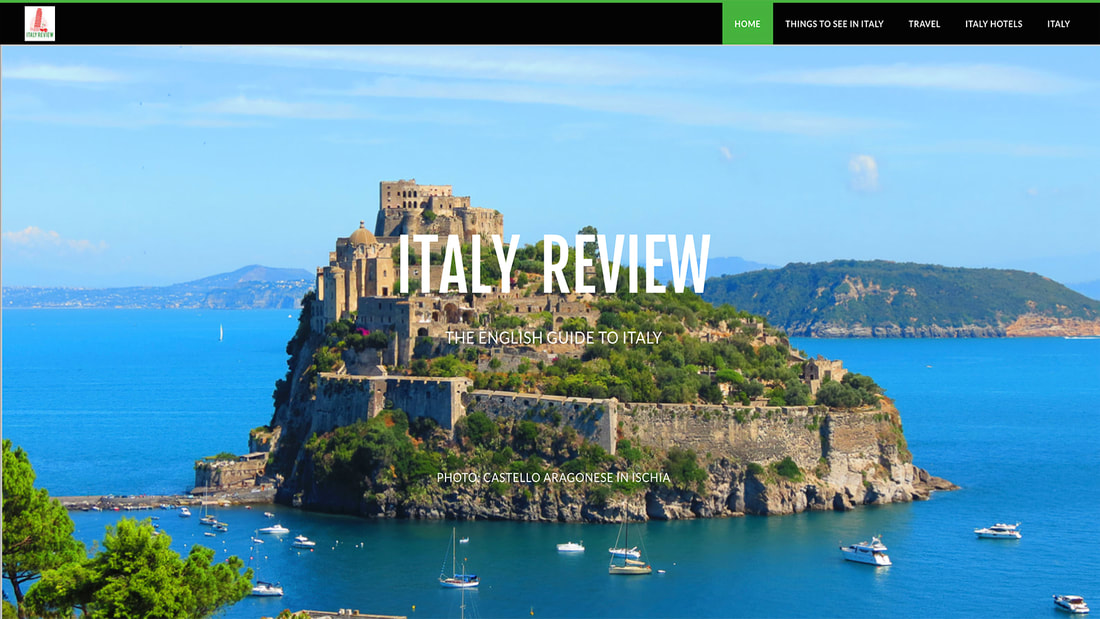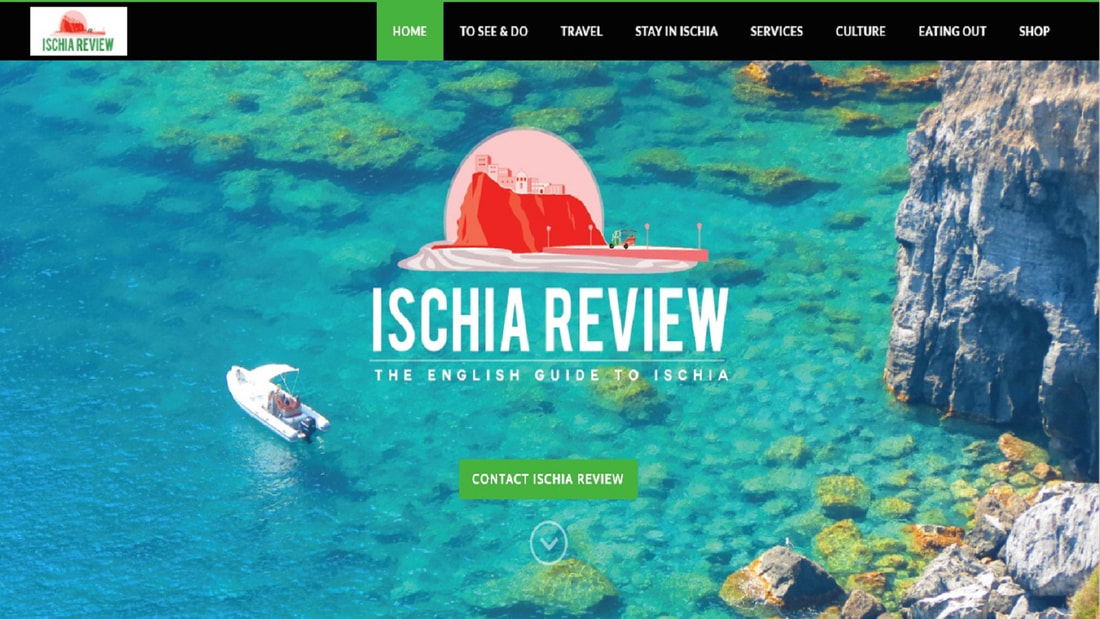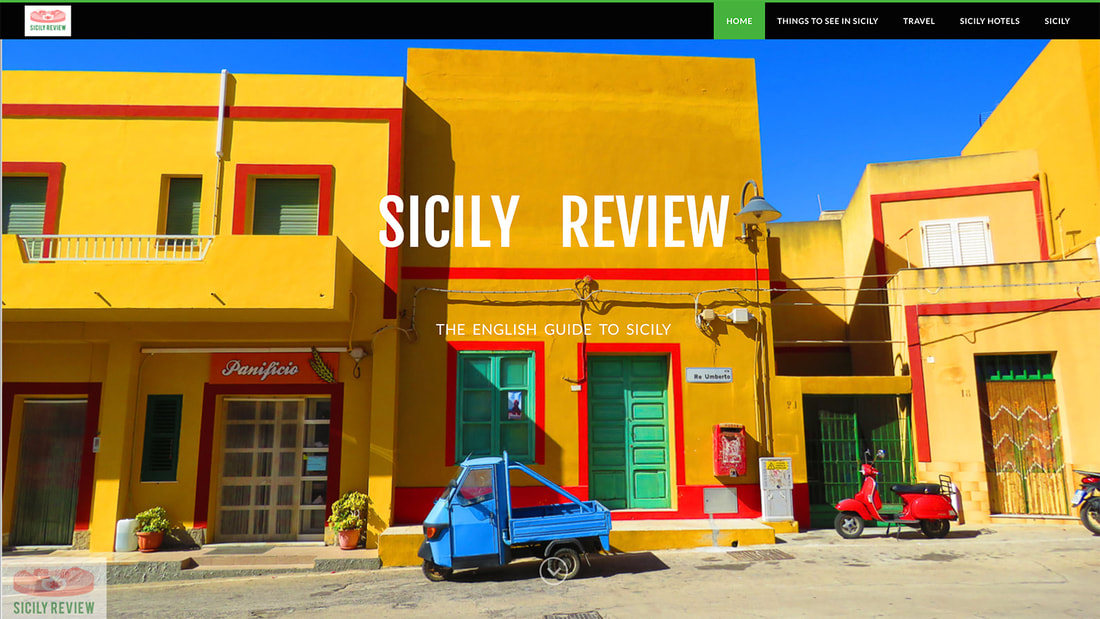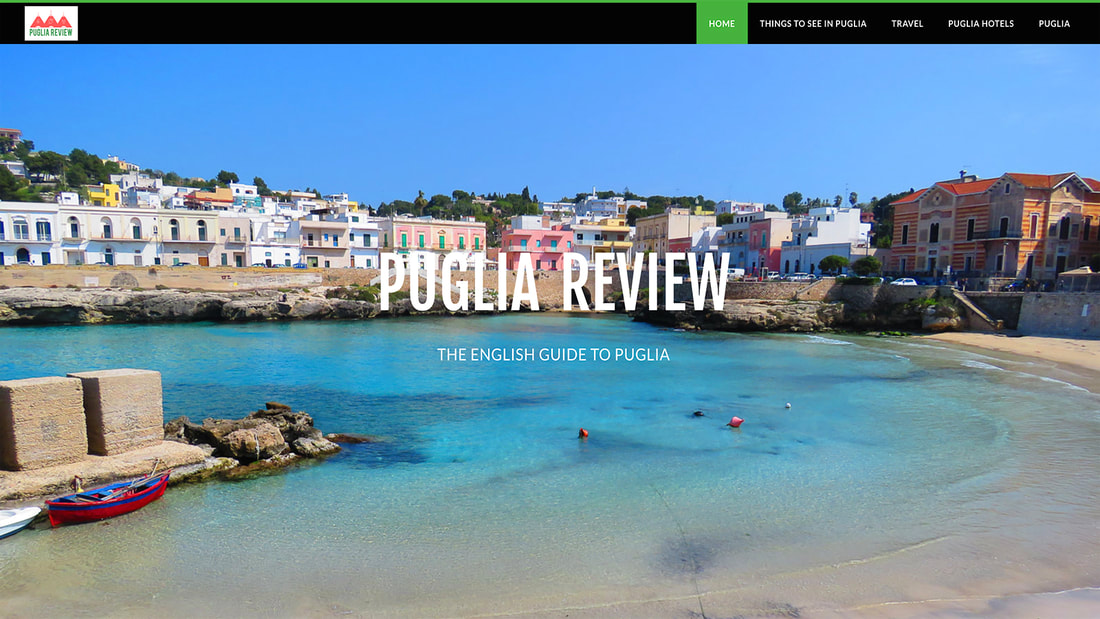Piedmont
Latest update: 25 March 2023
|
Occupying a large chunk of north-western corner of Italy, the region of Piedmont is one of the largest in the country, offering a diverse range of sights.
Although landlocked, it's home to stunning waterside locations provided by its lakes, while the wine regions of the Langhe and Monferrato dazzle with their rolling, vineyard-clad hills. An important centre of the Risorgimento, the process by which the country was formed, its capital Turin was the first capital of Italy. |
|
Related links
Turin's status of capital of Italy didn't last long; it was soon superseded by Florence which in turn gave way to Rome, all within the space of ten years starting from 1861. The borders and political situation within the area we currently call Piedmont have changed on a regular basis over the years; at one stage it was part of the Duchy of Savoy which had also exercised control over Sardinia.
Modern-day Piedmont (Piemonte in Italian), is one of the most successful and affluent of Italy's twenty regions. It shares a long, mountainous border with France to its west, while the mainly coastal region of Liguria lies to its south after a hilly descent. Piedmont shares the Gran Paradiso National Park to its north with the tiny region of Valle d'Aosta, and its eastern reaches are fringed by Lombardy and Emilia Romagna.
At the heart of Piemontese life and culture is the city of Turin. An industrial powerhouse, it shot to prominence as the home of car-maker Fiat and is home to Italy's most successful football team: Juventus. The 1969 film The Italian Job starring Michael Caine acts as something of a snapshot of the city in the 20th century. Scenes of car chases on top of the Lingotto Building and across the River Po raise a smile but it many people's eyes, the city has changed much for the better since those times.
The catalyst for changing the mainly industrial outlook of Turin to one more geared towards tourism was the 2006 Winter Olympics which saw a large financial investment and something of a facelift for the city. It's now one of the most popular centres of tourism in Italy and home to an enviable collection of museums and the incredible royal palace: the Reggia di Venaria Reale.
The Olympic legacy gives no small hint as to one of the major attractions of Piedmont: its showpiece ski resort is Sestriere in the Val di Susa, west of Turin. Apart from hosting a clutch of other ski resorts such as Sauze d'Oulx and Bardonecchia, the valley offers some of the most spectacular Alpine scenery in Italy.
Arguably an even greater feast for the eye, and certainly for the palate, are Piedmont's wine regions. In particular, the regions of Langhe and Monferrato offer the iconic images of Piedmont, with some of the most notable villages including Barolo, Barbaresco and Asti, home to the famous Spumante sparkling wine.
Piedmont can also lay claim to one of Italy's three great lakes, with the western shores of Lake Maggiore offering a series of elegant lakeside towns such as Stresa and Verbania. In the middle of the lake are the Borromean Islands of Isola Bella, Isola dei Pescatori and Isola Madre. The three islands are all reachable by ferry and provide a combination of stunning scenery and beautiful gardens. Arguably Italy's most beautiful garden lies on the mainland shore of Lake Maggiore: the wonderful Villa Taranto just outside Verbania.
There are further lakes in Piedmont as well, most notably Lake Orta. The signature town on the lake is Orta San Giulio from where you can take a ferry out to the diminutive Isola San Giulio. Lake Orta has an understated appeal and sense of tranquility which can be enjoyed at the towns of Pella and Omegna, dotted around its shores.
Above Orta San Giulio is one of a series of Sacri Monti, "Sacred Mountains" upon which sit religious sanctuaries. The Sacri Monti are recognised by UNESCO as a combined World Heritage Site. Among the most famous are the Sacri Monti of Oropa, Domodossola and Varallo Sesia, one of the most beautiful and historic towns in Piedmont. Other historic towns in the region not to be missed include Susa, Mondovì, Ivrea and Saluzzo, to name just a handful.
Aside from the Gran Paradiso, Piedmont is home to another of Italy's national parks, the Val Grande National Park close to the northern town of Domodossola. Other, smaller parks to be discovered include the beautiful Parco Naturale Orsiera Rocciavrè, close to the border with France.
UNESCO recognise a number of sites within Piedmont including the Residences of the Royal House of Savoy. the aforementioned palace at Venaria Reale is one of them while the remaining eight include the Palazzina di Stupinigi and Castello di Govone.
In terms of travel, Piedmont is well-served by its road network and by Turin Airport which is one of the most popular entry points. The region's northern Italian location also makes it a viable option to visit by car from Germany, France, the Netherlands and the UK. Trains and buses run efficiently throughout the region while cable cars in the ski resorts and ferries on the lakes have been looking after passengers for a great number of years now.
I've tried to cram in as much as I possibly can to give an overview of Piedmont on this page but there are many omissions and still a great deal to explore over and above what I've written.
Modern-day Piedmont (Piemonte in Italian), is one of the most successful and affluent of Italy's twenty regions. It shares a long, mountainous border with France to its west, while the mainly coastal region of Liguria lies to its south after a hilly descent. Piedmont shares the Gran Paradiso National Park to its north with the tiny region of Valle d'Aosta, and its eastern reaches are fringed by Lombardy and Emilia Romagna.
At the heart of Piemontese life and culture is the city of Turin. An industrial powerhouse, it shot to prominence as the home of car-maker Fiat and is home to Italy's most successful football team: Juventus. The 1969 film The Italian Job starring Michael Caine acts as something of a snapshot of the city in the 20th century. Scenes of car chases on top of the Lingotto Building and across the River Po raise a smile but it many people's eyes, the city has changed much for the better since those times.
The catalyst for changing the mainly industrial outlook of Turin to one more geared towards tourism was the 2006 Winter Olympics which saw a large financial investment and something of a facelift for the city. It's now one of the most popular centres of tourism in Italy and home to an enviable collection of museums and the incredible royal palace: the Reggia di Venaria Reale.
The Olympic legacy gives no small hint as to one of the major attractions of Piedmont: its showpiece ski resort is Sestriere in the Val di Susa, west of Turin. Apart from hosting a clutch of other ski resorts such as Sauze d'Oulx and Bardonecchia, the valley offers some of the most spectacular Alpine scenery in Italy.
Arguably an even greater feast for the eye, and certainly for the palate, are Piedmont's wine regions. In particular, the regions of Langhe and Monferrato offer the iconic images of Piedmont, with some of the most notable villages including Barolo, Barbaresco and Asti, home to the famous Spumante sparkling wine.
Piedmont can also lay claim to one of Italy's three great lakes, with the western shores of Lake Maggiore offering a series of elegant lakeside towns such as Stresa and Verbania. In the middle of the lake are the Borromean Islands of Isola Bella, Isola dei Pescatori and Isola Madre. The three islands are all reachable by ferry and provide a combination of stunning scenery and beautiful gardens. Arguably Italy's most beautiful garden lies on the mainland shore of Lake Maggiore: the wonderful Villa Taranto just outside Verbania.
There are further lakes in Piedmont as well, most notably Lake Orta. The signature town on the lake is Orta San Giulio from where you can take a ferry out to the diminutive Isola San Giulio. Lake Orta has an understated appeal and sense of tranquility which can be enjoyed at the towns of Pella and Omegna, dotted around its shores.
Above Orta San Giulio is one of a series of Sacri Monti, "Sacred Mountains" upon which sit religious sanctuaries. The Sacri Monti are recognised by UNESCO as a combined World Heritage Site. Among the most famous are the Sacri Monti of Oropa, Domodossola and Varallo Sesia, one of the most beautiful and historic towns in Piedmont. Other historic towns in the region not to be missed include Susa, Mondovì, Ivrea and Saluzzo, to name just a handful.
Aside from the Gran Paradiso, Piedmont is home to another of Italy's national parks, the Val Grande National Park close to the northern town of Domodossola. Other, smaller parks to be discovered include the beautiful Parco Naturale Orsiera Rocciavrè, close to the border with France.
UNESCO recognise a number of sites within Piedmont including the Residences of the Royal House of Savoy. the aforementioned palace at Venaria Reale is one of them while the remaining eight include the Palazzina di Stupinigi and Castello di Govone.
In terms of travel, Piedmont is well-served by its road network and by Turin Airport which is one of the most popular entry points. The region's northern Italian location also makes it a viable option to visit by car from Germany, France, the Netherlands and the UK. Trains and buses run efficiently throughout the region while cable cars in the ski resorts and ferries on the lakes have been looking after passengers for a great number of years now.
I've tried to cram in as much as I possibly can to give an overview of Piedmont on this page but there are many omissions and still a great deal to explore over and above what I've written.
Regione Piemonte
|
Regional capital: Turin
Population: 4,274,945 (source: ISTAT 1 January 2022) Size: 25,402 km² Provinces: 8 Highlights: Turin, Lake Maggiore, Lake Orta, Langhe, Monferrato |




